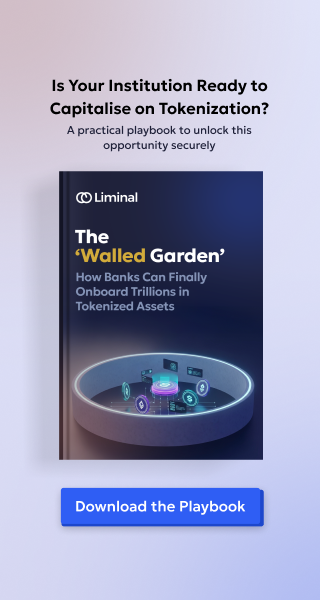What is Blockchain?
Blockchain technology represents a sophisticated database mechanism facilitating transparent information exchange within a business network. Its database structure involves storing data in interconnected blocks, forming an immutable chain.
The chronological consistency of data is maintained, as altering or deleting the chain requires network consensus. This feature enables the creation of an unalterable ledger for tracking orders, payments, accounts, and transactions. The system incorporates built-in mechanisms to deter unauthorized transactions, ensuring a consistent shared perspective of these transactions.
At its core, a blockchain is a distributed database characterized by a perpetually expanding series of organized records known as blocks. These blocks are intricately linked through cryptography, each containing a cryptographic hash of its predecessor, along with a timestamp and transaction data.
Unlock the potential of digital assets for your institution
Operating as a decentralized, distributed, and public digital ledger, the blockchain records transactions across numerous computers. Its key feature lies in the prevention of retroactive alterations, as any modification necessitates changing all subsequent blocks and securing consensus from the network.
Blockchain’s Fundamental Concepts are:
1. Shared Ledger
It’s a distributed, “append-only” record system shared across a business network. This minimizes duplication of effort in transaction recording.
2. Permissions
Ensuring secure, authenticated, and verifiable transactions, permissions restricting network participation, aiding compliance with data protection regulations such as HIPAA and GDPR.
Secure and manage your digital assets with Liminal
3. Smart Contracts
These are agreements or rules governing business transactions, stored on the blockchain, and automatically executed as part of a transaction.
4. Consensus
In consensus, all parties agree on the network-verified transaction. Various mechanisms like proof of stake, multisignature, and PBFT ensure agreement in blockchains.
How can Businesses Benefit from Blockchain?
Businesses stand to gain manifold benefits from the integration of blockchain technology. Research indicates that blockchain and Distributed Ledger Technologies (DLTs) offer avenues for risk reduction, decreased compliance costs, streamlined transactions, secure contract fulfillment automation, and heightened network transparency. Let’s dive deeper:
1. Risk Reduction and Lower Compliance Costs:
Traditional “know your customer” (KYC) processes, pivotal for onboarding and retention in the banking sector, often incur staggering costs, up to $500 million annually per bank.
Implementing a new DLT system can streamline KYC verification to a one-time process per customer, resulting in increased efficiency, cost savings, and enhanced transparency and customer experience.
2. Cost-Efficient Transactions:
Digitalizing records and utilizing a universal ledger can significantly cut down on time and costs.
A tangible example involves a paperless blockchain-based solution for a letter-of-credit deal, where two companies efficiently traded nearly $100,000 worth of goods, reducing the process duration from up to ten days to less than four hours.
3. Automated and Secure Contract Fulfillment:
Smart contracts, encoded sets of instructions on a blockchain, can self-execute under predefined conditions.
Illustrated by a retailer streamlining supply chain management, smart contracts recorded and automated processes from vendor to customer, enhancing traceability for safer consumption and requiring less human effort while improving product tracking capabilities.
Who are the Key Participants in the Blockchain Network?
In any blockchain network, diverse participants fulfil crucial roles, including:
1. Blockchain Users: Typically, business users possess permission to join the network and engage in transactions with fellow participants.
2. Regulators: These blockchain users hold special permissions, enabling them to oversee transactions within the network.
3. Blockchain Network Operators: Individuals with exclusive permissions and authority to define, create, manage, and monitor the entire blockchain network.
4. Certificate Authorities: Responsible for issuing and managing the various certificates essential for running a permissioned blockchain.

